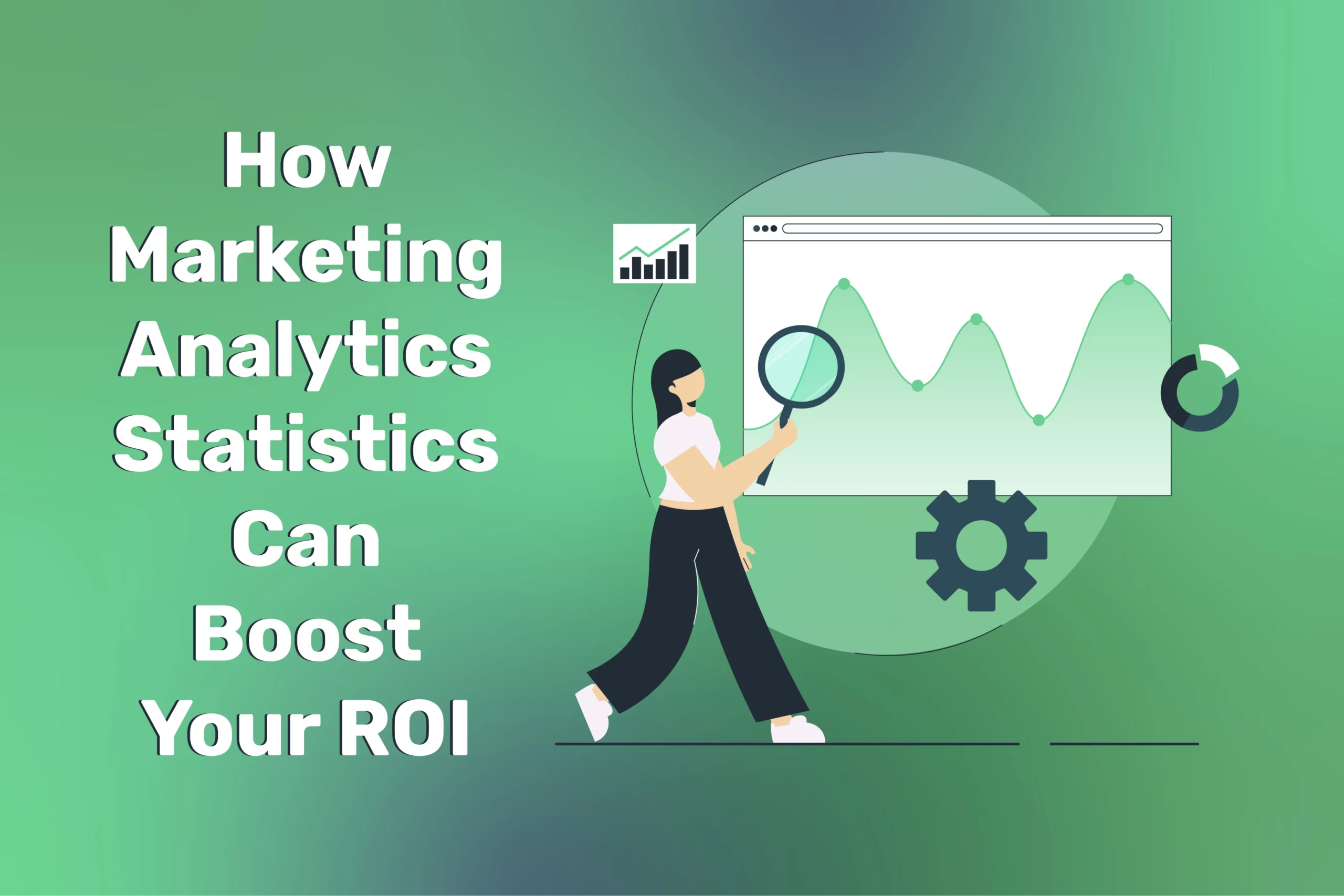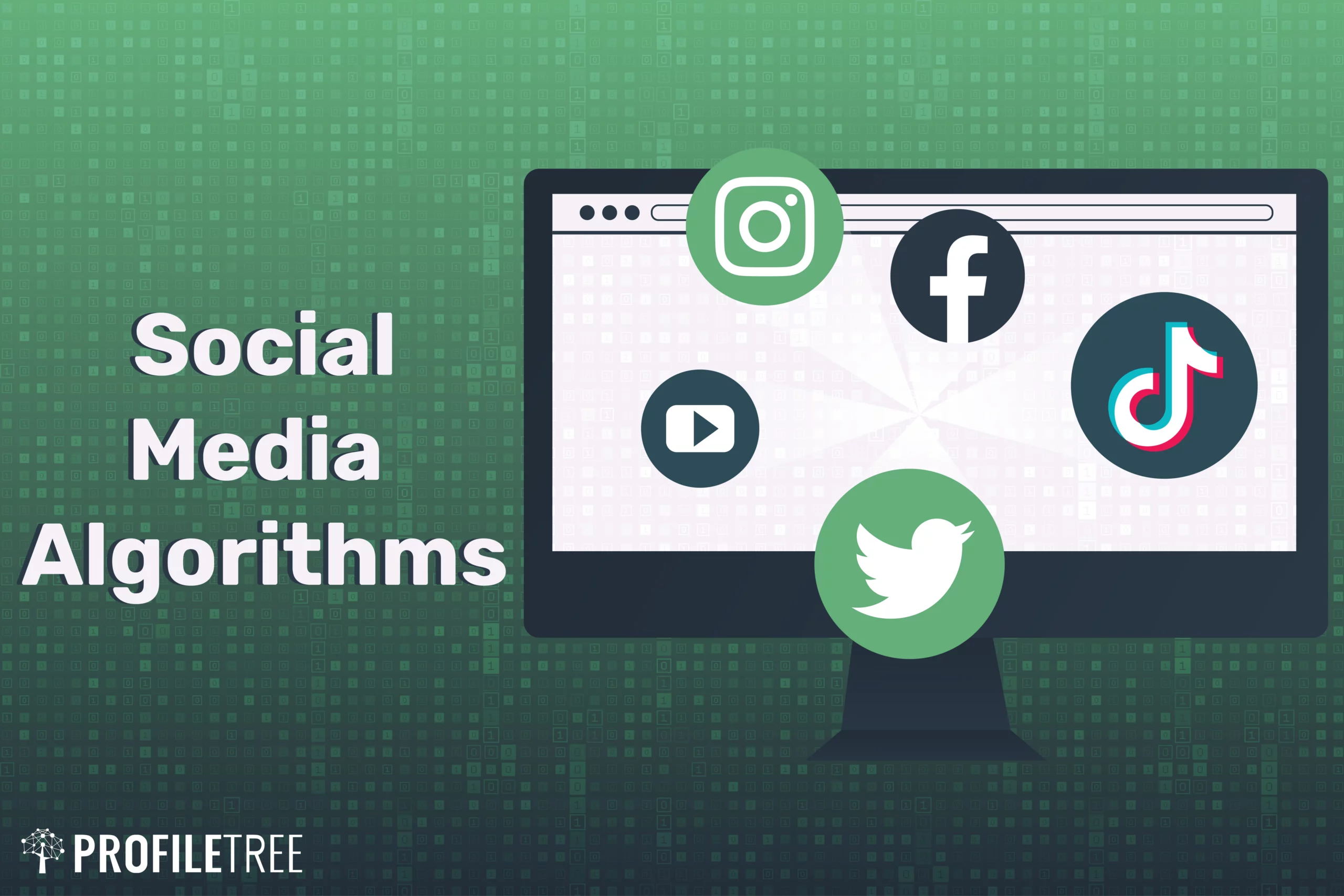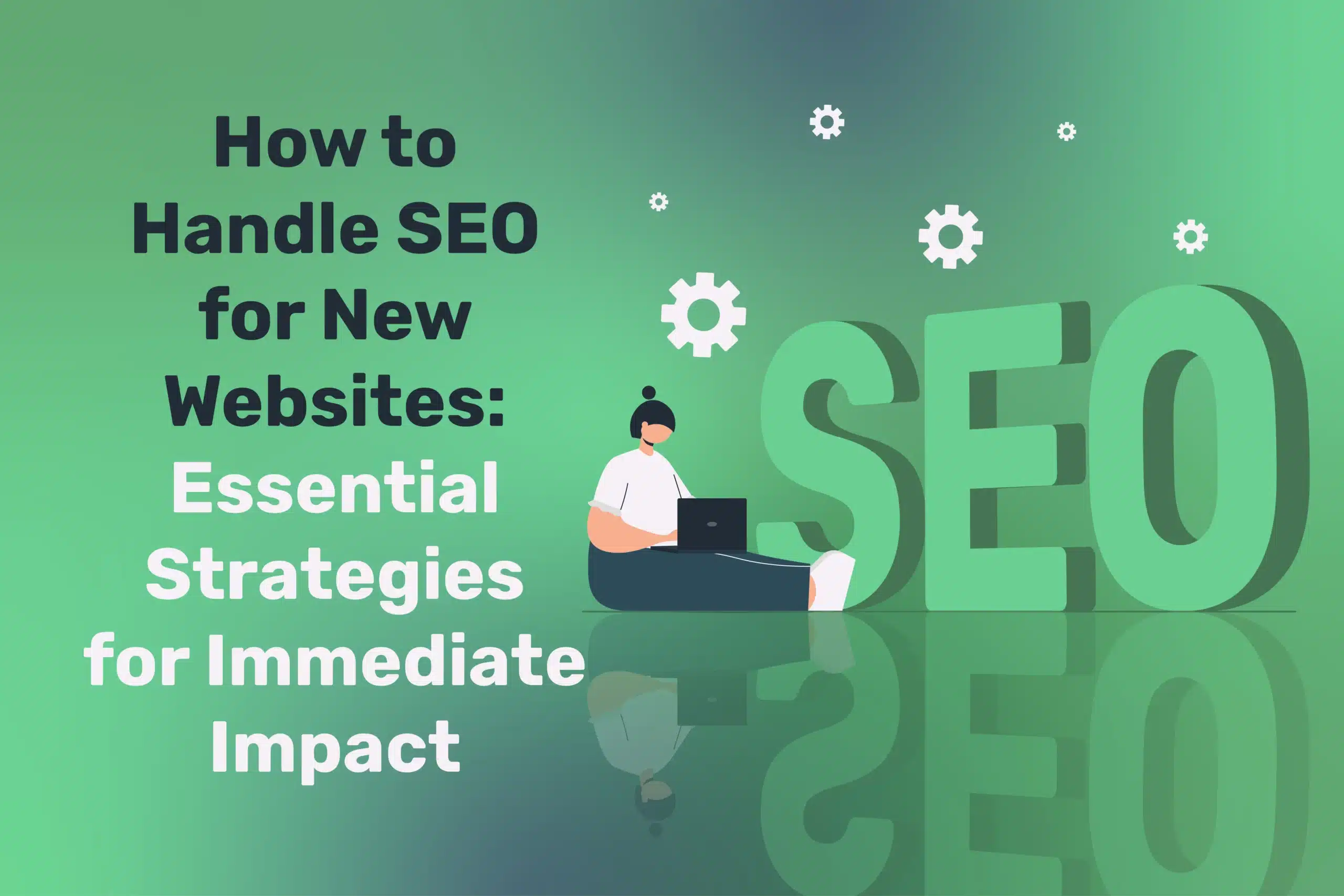
Easy Marketing Automation: From Enterprise-Level to Simple SMB Tools
Table of Contents
In the rapidly evolving digital landscape, marketing automation has shifted from a luxury deployed by global enterprises to a practical necessity even for small and medium-sized businesses (SMBs). Tools once reserved for large corporations—like AI-driven lead nurturing, dynamic content personalisation, and advanced CRM workflows—are now accessible, affordable, and surprisingly straightforward to implement. This comprehensive guide explores how SMBs in Northern Ireland, Ireland, and beyond can adopt robust enterprise-level automation strategies without sky-high costs or complexity.
Easy Marketing Automation: Why It Matters
Marketing automation is more than a slick buzzword: it offers a way to streamline, scale, and enhance every stage of your marketing funnel. By automating repetitive tasks—such as sending follow-up emails, segmenting leads, or updating CRM entries—SMBs can:
- Save Time: Staff can focus on creativity and customer relationships rather than day-to-day admin.
- Improve Consistency: Automated workflows ensure customers receive timely, relevant messages, no matter your team’s workload.
- Enhance Personalisation: AI-driven or rules-based triggers tailor messages to customers’ behaviours, bridging the gap between brand and customer needs.
The biggest misconception about marketing automation is that it’s only useful for large corporations,” says Ciaran Connolly, Director of ProfileTree. “In truth, small and medium businesses—especially here in Northern Ireland—stand to gain the most from well-implemented automation. By starting small, picking the right tools, and focusing on customer-centric touchpoints, any SME can replicate enterprise-level results without enterprise-level budgets.
A 2024 report by a leading digital analytics firm found that businesses using marketing automation see, on average, a 15% improvement in lead conversion and a 12% boost in operational efficiency. These figures aren’t reserved for massive corporations—SMBs can achieve similar gains by choosing the right tools and approach.
Core Components of Enterprise Automation
Large enterprises typically rely on sophisticated automation platforms. Common features include:
AI-Driven Lead Scoring
AI-driven lead scoring uses machine learning to analyse prospect behaviour, ranking them based on engagement levels such as site visits, email opens, social interactions, and content downloads. By leveraging predictive analytics, the system identifies high-intent leads, allowing sales teams to prioritise outreach efforts efficiently. This not only improves conversion rates but also enhances customer experience by delivering personalised interactions at the right time.
Dynamic Content
Beyond scoring, AI-powered personalisation enhances engagement by dynamically adapting content in real time. Emails, webpages, and product recommendations change based on customers’ preferences, browsing history, or past purchases. This level of personalisation dramatically increases relevance, improves customer experience, and boosts conversion rates by delivering the right message at the right moment.
Integrated CRM
To support these efforts, contact records are automatically updated with every customer interaction across multiple touchpoints, including website visits, chatbot conversations, and offline engagements. This real-time data synchronisation provides a 360° view of each customer, enabling sales and marketing teams to make more informed decisions. With integrated CRM and AI analytics, businesses can track customer journeys, anticipate needs, and tailor interactions, resulting in improved customer satisfaction, loyalty, and revenue growth.
Omnichannel Campaigns
Coordinating brand touchpoints across email, SMS, social media, and direct mail ensures that customers receive a consistent brand experience, no matter their preferred communication channel. AI-driven automation helps businesses tailor messaging, timing, and frequency across platforms, reinforcing brand identity while enhancing customer engagement.
While these capabilities might seem complex, modern SMB-friendly solutions have made enterprise-level marketing automation more accessible. With affordable, scalable tools, businesses of all sizes can now leverage AI-powered personalisation, multi-channel coordination, and data-driven insights—without the high costs or technical barriers traditionally associated with enterprise systems.
Bridging the Gap: SMB-Friendly Solutions
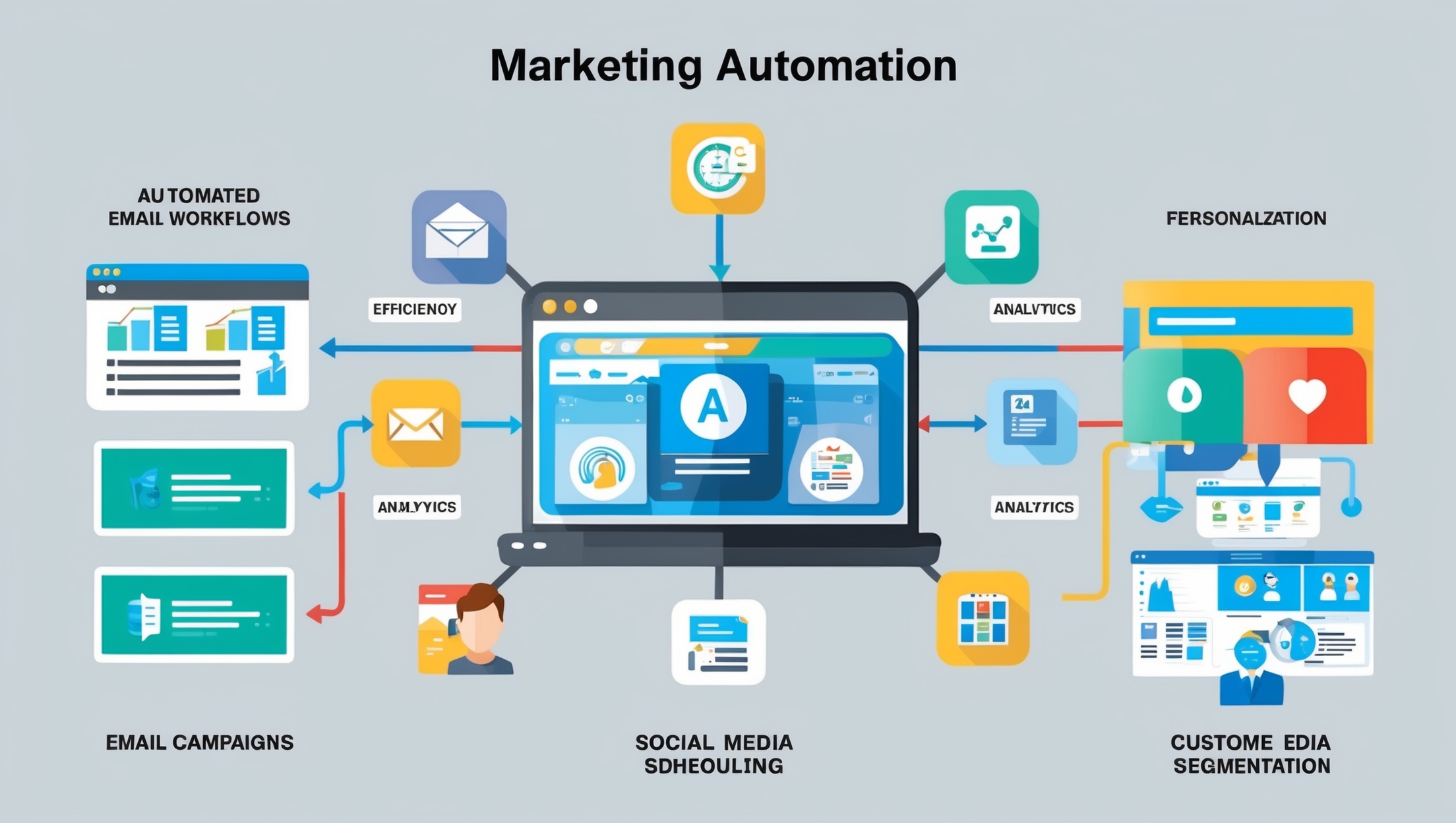
Freemium or affordable platforms have emerged, letting businesses replicate enterprise features without stretching budgets. Top solutions often offer:
Modular Pricing
Tiered plans let you pay for the features or user counts you require, allowing you to start small and scale as your business grows. Many platforms also offer modular add-ons, enabling businesses to customise their automation stack with advanced analytics, AI-driven insights, or additional integrations as needed.
This flexibility ensures that businesses can adopt automation at their own pace, testing different strategies and refining workflows without overcommitting resources. As data accumulates, machine learning models improve, further optimising marketing efforts, personalising customer interactions, and enhancing overall efficiency.
Easy Integration
Plug-and-play with popular website builders like WordPress or Shopify, plus user-friendly CRMs or email marketing modules that don’t require technical expertise. These integrations streamline operations, allowing businesses to automate tasks like lead capture, personalised email sequences, and customer segmentation with minimal setup.
Many platforms also feature drag-and-drop automation builders, pre-configured templates, and AI-powered recommendations, making it easier for teams to optimise marketing efforts without coding knowledge. This ensures businesses can focus on strategy and growth rather than complex technical configurations.
Templates & Blueprints
Ready-made workflow templates (e.g., a “Welcome Series” or “Abandoned Cart” sequence) reduce setup complexity and provide proven engagement frameworks. These pre-built automations help businesses quickly deploy effective campaigns without starting from scratch, ensuring higher engagement and conversion rates.
Additionally, AI-driven optimisation tools can fine-tune these workflows by analysing user behaviour, adjusting send times, and recommending content variations for maximum impact. This allows businesses to continuously improve customer interactions with minimal manual effort.
Popular Tools:
- Mailchimp: Well-known for user-friendly email sequences, also provides basic lead scoring in higher tiers.
- HubSpot (Starter): Combines CRM, email marketing, and lead nurturing in one, appealing to businesses wanting an all-in-one suite.
- ActiveCampaign: Particularly strong for advanced automated funnels, with flexible triggers and conditions.
- Zoho Campaigns or Zoho CRM: Often more cost-effective, offering simpler interfaces for businesses new to automation.
Step-by-Step: Building a Simple Automated Email Funnel
To illustrate how businesses can replicate enterprise logic on a smaller scale, consider a basic automated funnel for an SME wanting to welcome new subscribers, nurture leads, and prompt conversions:
Set Your Entry Trigger
Example: Visitors fill out a “Download Our Free E-Book” form on your site. That event automatically adds them to your email list and triggers a pre-set sequence, such as a welcome email, followed by a series of value-driven messages.
The system can also segment users based on their interests or behaviours, sending personalised follow-ups, recommending related content, or even notifying sales teams if high-value engagement is detected. This seamless automation nurtures leads efficiently, driving conversions with minimal manual intervention.
Welcome Email (Day 0)
Instantly provide the e-book link along with a warm, personalised introduction. Use this opportunity to share your brand’s mission, highlight key blog resources, or introduce related content that adds value.
This immediate response not only meets user expectations but also fosters trust and engagement. By setting the stage for further interactions, you keep prospects engaged and more likely to continue exploring your offerings.
Follow-Up Email (Day 2)
A short message asking if they’ve found the e-book useful. Provide a link to a relevant blog post or invite recipients to ask questions. This nurturing step demonstrates your ongoing value and keeps the conversation open.
You can also segment recipients based on engagement—those who click the link can receive follow-up content, while those who don’t engage can get a gentle reminder. This ensures personalised interaction and maximises lead retention.
Promotional Email (Day 5)
Offer a relevant product trial or discount, referencing potential needs based on the e-book topic. This strategic timing introduces your commercial offering after providing free value.
To enhance effectiveness, tailor the offer based on user behaviour—those who engaged with previous emails may receive an extended trial or an exclusive discount, while others might get additional educational content to nurture interest before the sales pitch.
Conditional Branch
If recipients open or click the promotional email, schedule a final follow-up (Day 7) with more advanced information or a success story. If they ignore it, try a re-engagement approach or let the sequence end.
Time Investment: Setting up a funnel like this can take a few hours with an intuitive platform. The result is a 24/7 lead-nurturing pipeline that works while you focus on other aspects of your business.
Real Examples: Adapting Enterprise Strategies for SMEs
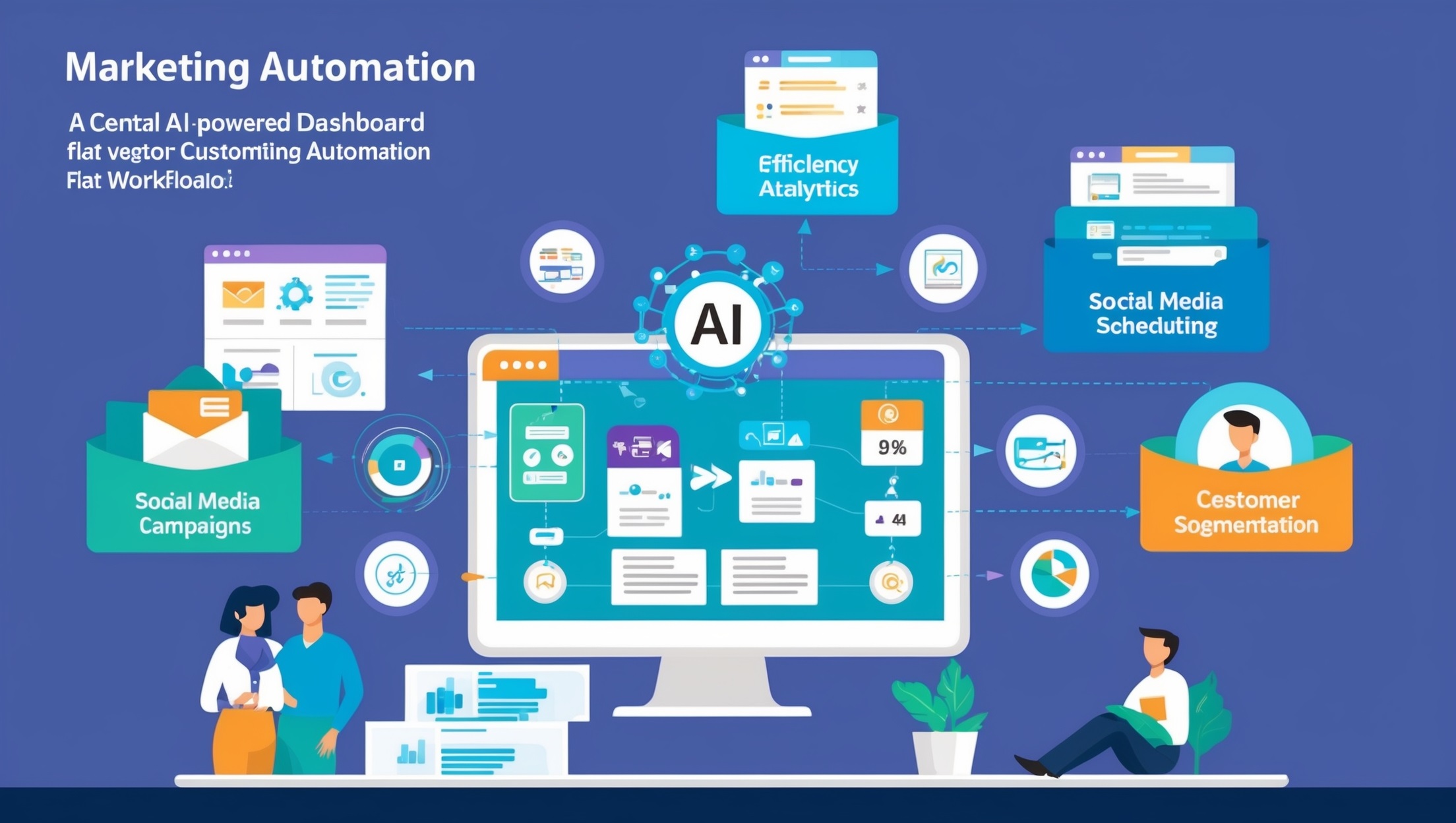
Large enterprises use data-driven automation, AI-powered personalisation, and omnichannel marketing to drive engagement and conversions. SMEs can adopt these strategies on a smaller scale using cost-effective tools, such as CRM automation, AI-driven email sequences, and targeted ad campaigns.
By leveraging accessible technology, small businesses can achieve enterprise-level efficiency without the complexity or high costs.
Case 1: Lead Scoring Lite
Enterprise Approach: AI ranks prospects based on complex user data and behavioural patterns.
SMB Adaptation: Use simpler point-based rules (e.g., +10 for email opens, +20 if visitors click a product link). Once contacts pass a threshold (say 50 points), they receive a special offer or direct sales call.
Case 2: Dynamic Content
Enterprise Approach: Website content changes per user’s browsing history or advanced CRM data.
SMB Adaptation: Show relevant recommended articles in newsletters based on a simple tag in your email system (like “interested in marketing automation” or “web design tips”).
Case 3: Omnichannel Touch
Enterprise Approach: Fully integrated campaigns across multiple channels with massive budgets.
SMB Adaptation: Combine an automated email journey with timely social media retargeting ads. Even a modest budget can coordinate customer brand experiences across two or three channels, building consistent engagement.
AI and the Future of Automation
AI can supercharge marketing automation for businesses of all sizes. In a 2024 global marketing trends survey, it was noted that 60% of SMEs aim to adopt some level of AI-based personalisation in the next two years. While some businesses might feel concerned about complexity or cost, AI add-ons increasingly come as affordable or free expansions:
Natural Language Email Optimisation
Tools that refine subject lines or body text for higher open rates help businesses craft compelling messages without requiring advanced copywriting expertise. AI-driven content optimisation platforms analyse past engagement data to suggest improvements, ensuring emails resonate with target audiences.
Additionally, A/B testing capabilities allow SMEs to experiment with different messaging styles, identifying what drives the best responses. By leveraging these automation tools, businesses can enhance their marketing effectiveness while saving time and effort.
Predictive Send Times
The system picks each recipient’s ideal message timing based on past engagement patterns, boosting overall open and click rates. By analysing user behaviour—such as when they typically open emails or interact with content—AI ensures messages arrive when recipients are most likely to engage.
This personalised scheduling increases campaign effectiveness, reduces email fatigue, and enhances customer experience. Combined with dynamic content personalisation, these timing optimisations help businesses maximise conversion opportunities.
Behavioural Predictions
AI can forecast which customers may churn or unsubscribe, prompting pre-emptive re-engagement campaigns that retain more business. By analysing behavioural signals—such as declining engagement, fewer site visits, or unopened emails—AI identifies at-risk customers.
Businesses can then trigger personalised outreach, offering exclusive discounts, relevant content, or proactive support to rekindle interest. This data-driven approach helps improve retention rates, strengthen customer relationships, and reduce lost revenue.
As these features blend into user-friendly dashboards, businesses in Northern Ireland, Ireland, or anywhere in the UK can adopt AI gradually, scaling solutions as they see returns.
Stats and Figures
- 15% average improvement in lead conversion reported by businesses using marketing automation (Digital Analytics Review, 2024).
- 12% boost in operational efficiency from automating repetitive marketing tasks (same review).
- 60% of SMEs plan to adopt some form of AI-based personalisation by 2026 (Global Marketing Trends Survey, 2024).
- 72% of consumers say “receiving promotional emails too often” is the top reason they unsubscribe (Consumer Insights UK, 2023)—this underscores the importance of targeted automation over bulk blasts.
Making Automation Work for You

Marketing automation is no longer confined to enterprise giants. With user-friendly, modular solutions, businesses can scale from basic email sequences to advanced AI-driven personalisation—step by step. By identifying key workflows, choosing an appropriate platform, and adopting iterative improvements, even a small or medium-sized business in Northern Ireland or Ireland can enjoy enterprise-level benefits on an SMB budget.
Starting Small and Scaling Up
- Identify Your First Automation Target: Choose a single process that’s both repetitive and high-value, such as welcome emails or abandoned cart recovery.
- Select the Right Platform: Consider your budget, technical capabilities, and future needs when choosing a solution from the options outlined earlier.
- Begin with Templates: Most platforms offer pre-built workflows you can customise rather than building from scratch.
- Measure and Refine: Establish key metrics before launching, then regularly review performance and make incremental improvements.
- Expand Gradually: Once your first automation is working effectively, add additional workflows or channels based on their potential business impact.
Beyond Email: Expanding Your Automation Strategy
While email often serves as the entry point for marketing automation, consider these additional applications as your strategy matures:
- Customer Service Automation: Implement chatbots for common queries and automated ticket routing
- Social Media Scheduling and Response: Automate posting and monitoring across platforms
- Lead Management Workflows: Create automated nurturing paths based on prospect behaviour and characteristics
- Analytics and Reporting: Set up automated performance reports to track ROI and identify opportunities
Avoiding Common Pitfalls
- Over-Automation: Maintain a human touch for sensitive or complex interactions
- Poor Segmentation: Resist the temptation to send everything to everyone; relevance drives results
- Neglecting Testing: Regularly test and optimise automated content and workflows
- Set-and-Forget Syndrome: Review automation performance regularly and make adjustments
The payoff? Efficiency, consistency, and personalised experiences that foster customer trust and loyalty. As you embark on this journey, consider tapping professional guidance—like ProfileTree’s consulting or AI training services—to avoid missteps and accelerate success. Marketing automation isn’t just an option anymore; it’s a foundation for sustainable, scalable growth in the digital age.
ProfileTree specialises in helping businesses across Northern Ireland, Ireland, and the UK implement effective marketing automation strategies tailored to their specific needs and budgets. Our team combines technical expertise with marketing insight to create systems that deliver measurable results without unnecessary complexity. Contact us to discuss how we can help your business leverage the power of automation for sustainable growth.
